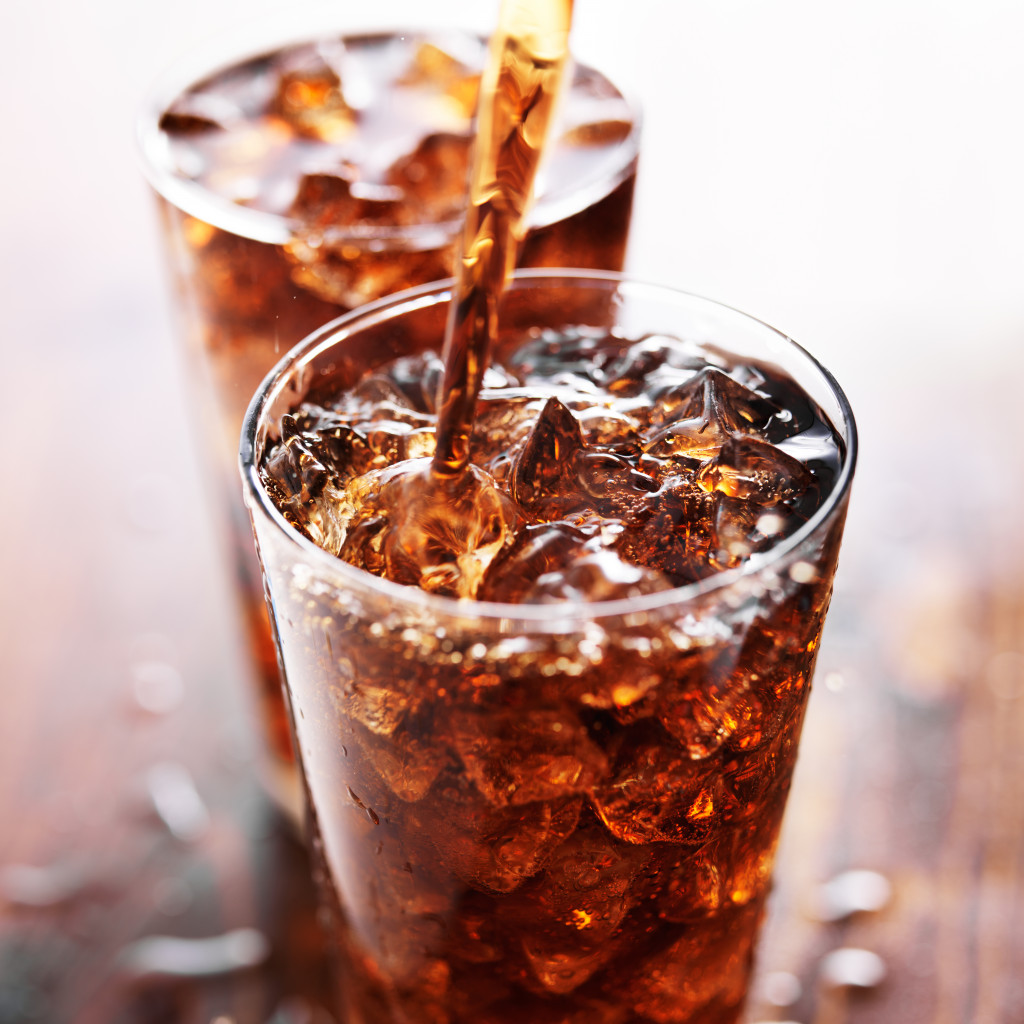There’s no denying that soda is one of the most popular beverages in the United States. The soda production industry is worth over $30 billion and is fast-growing. It’s a beverage seen in almost every family household and restaurant. But how did it become so ubiquitous? How did it grow so fast? Here’s how soda became famous in the U.S. and how it has affected the health of many Americans.
The History of Soda Drinks
The first recorded instance of soda being used as a beverage dates back to 1798 when an Englishman named Joseph Priestley mixed carbonated water and lemon juice to create what he called “aerated lemonade.” However, it wasn’t until 1810 that John Matthews, a New York pharmacist, introduced soda to the United States. Matthews added fruit flavors to his carbonated water and began selling it as a patent medicine, which was quite popular then.
Soda continued to grow in popularity throughout the 19th century, thanks partly to new technologies that made mass production and distribution possible. For example, in 1819, Swedish chemist Jöns Jacob Berzelius invented a process for manufacturing sodium carbonate, which made it possible to produce large quantities of soda ash (the key ingredient in soda). And in 1835, English chemist John Gibb patented a machine for Carbonating water, which made it easier to add carbonation to water on a large scale.
These technological advances paved the way for establishing commercial soda fountains in the United States. The first soda fountain was opened in Philadelphia in 1832, and by the end of the 19th century, there were more than 5,000 soda fountains across the country. Soda fountains quickly became popular social hubs, particularly among young people. In addition, many early sodas were marketed as “temperance drinks,” meaning they were seen as an alternative to alcohol.
Soda is now one of the most popular beverages in the United States, enjoyed by people of all ages. But it wasn’t always this way; soda became common after technological advances made mass production and distribution possible. And early sodas were often marketed as “temperance drinks,” meaning they were seen as an alternative to alcohol. Today, however, soda is enjoyed by people of all ages and is one of the most common drinks in the United States. Unfortunately, however, this particular beverage has various health problems for Americans. Here are five of those health problems.

Obesity
The United States is ranked as one of the most obese countries in the world, and soda is a significant contributor to this problem. Sugary sodas contain empty calories, providing energy but no nutritional value. Consuming too many empty calories can lead to weight gain and obesity. You should exercise as much as possible if you consume multiple soda cans daily.
Type 2 Diabetes
Sugary sodas have also been linked to type 2 diabetes. A study from Harvard found that people who drank one or more sugary beverages per day had an increased risk of developing type 2 diabetes compared to those who rarely or never consumed sugary drinks. Reducing soda consumption or using alternatives like carbonated water can help you avoid diabetes.
>Tooth Decay
Sodas’ high sugar and acidity levels can cause tooth decay and cavities. This is particularly concerning for children and teenagers, as consuming too much soda can have long-term effects on their oral health. There are various ways to deal with this. First, you should visit your local dentist whenever you can. They can prescribe a treatment for your damaged teeth and clean them, so it’s healthier. Secondly, reducing soda consumption or using alternatives like sparkling water can help prevent tooth decay and cavities.
Heart Disease
Sodas that contain added sugars have been linked to an increased risk of heart disease, particularly in women. One study found that women who consumed sugary beverages per day had a significantly higher risk of developing coronary heart disease than those who rarely consumed sugary drinks. Exercise and changing your diet can ensure you don’t develop heart disease.
Bone Loss
Soda consumption has also been linked to bone loss and osteoporosis, particularly in postmenopausal women. This is likely because sodas often contain phosphoric acid, which interferes with calcium absorption and can lead to bone loss over time. Although many scientists are still unsure how this happens, limiting your soda intake and ensuring you get enough calcium in your diet to prevent bone loss is good.
While soda may be a popular beverage for many Americans, it’s essential to be aware of its potential health risks. Reducing soda consumption or using alternatives like carbonated water can help improve your overall health and well-being.





